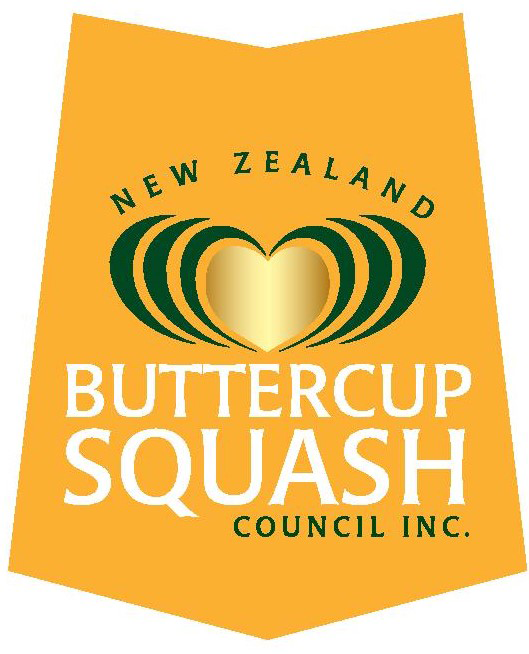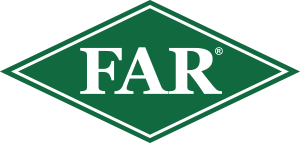Sensitivity of Peronospora destructor (onion downy mildew) to different fungicides under controlled conditions
The New Zealand onion industry is currently concerned that fungicide resistant strains of Peronospora destructor, the causal agent of downy mildew, may be present in local onions. The aim of this study was to carry out a preliminary examination of the effectiveness of nine systemic and protectant fungicides for onion downy mildew control in New Zealand. Because P. destructor is an obligate pathogen (requires a living host to grow on) and cannot be grown on artificial growth media, an artificial inoculation method was used in this study. This method worked well, with 66% of the plants in the control–spores treatment (no fungicide + inoculation with P. destructor spores) having sporulating downy mildew lesions 12 days after inoculation with the pathogen. For the fungicide treatments, fungicides were applied on three occasions at 7-day intervals – two pre- P. destructor inoculation and one post-inoculation. For two of the nine fungicides tested, treated plants had downy mildew infection 12 days after inoculation; for the other seven fungicides, treated plants had no symptoms of downy mildew. Eleven percent of the 100 plants treated with cymoxanil (Concord 300 SC) and 7% of plants treated with mandestrobin (Intuity) had sporulating downy mildew infection, indicating that some strains of P. destructor may be resistant to these fungicides.







